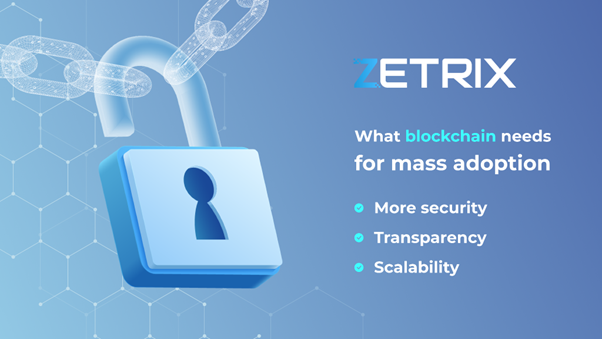In February 2022, the Ukrainian government ran a crypto donation campaign to support victims of the Russian invasion. When the nation tried to reward those who had contributed to the fundraiser by sending crypto wallet holders complimentary NFTs, a slew of scammers took advantage of the government’s generosity, causing the operation to cease.
Rug pull scams like this, where cyber criminals drain money from unsuspecting investors, aren’t uncommon in the crypto space, unfortunately. Shortly following the Ukraine rug pull, in March this year, hackers discovered a weakness in the Ronin blockchain used by popular play-to-earn platform Axie Infinity. In the security breach, the scammers ended up stealing $165 million from Axie’s parent company, Sky Mavis.
In addition to rug pull scams, cryptocurrency exchanges can be compromised through poor security or fraud. This is what happened in 2014 when the Mt. Gox exchange collapsed in a years-long attack by hackers. By the time the breach was detected, a loss of between $300 million and $480 million of users’ funds had occurred. Since the attack, it has been estimated that $1.5 billion in cryptocurrencies have been stolen from exchanges.
Blockchain’s utility isn’t limited to just cryptocurrency, though. The shared and immutable ledger’s ability to provide transparency and security allows it to be applied to numerous other sectors, including real estate, supply chains and gambling.
Although the technology has taken the world by storm over the last few years, issues like the inability to hold scammers accountable for rug pull scams have plagued the industry, preventing it from being adopted into the mainstream. Additionally, large demand on blockchains that slow their transaction speed requires improvements to the technology’s ability to scale, a problem that many blockchains have so far struggled to achieve.
Newcomer to the blockchain space, Zetrix, has found a solution to address issues relating to transparency and security in the blockchain. It can facilitate smart contracts and deliver privacy, plus its cryptographic infrastructure can be introduced to multiple industries, creating a more transparent and efficient process. Zetrix’s network also has incredible scaling ability, being able to withstand 10,000 transactions per second.
In addition, Zetrix uses DPoS (Delegated Proof of Stake) to secure the blockchain by ensuring representation of transactions within it. DPoS is designed for implementing tech-based democracy using elections and voting processes to protect from centralization. The Zetrix DPoS mechanism is implemented through smart contracts with a dynamic upgrade mechanism that adjusts to the difficulty level of validating node access as Zetrix’s network expands, which means no matter how vast the network grows, the privacy and security of its users will remain intact. As an added measure, the consensus mechanism allows transactions to be validated before being added to the blockchain, and all validators are voted in via a contract.
In a groundbreaking new report by the Institute of Industrial Internet & IoT, China Academy of Information and Communications Technology (CAICT), the blockchain confirmed that it can complete transactions using a significantly low amount of energy compared to other blockchains. Specifically, it only requires 21 super nodes and 100 common nodes to complete a transaction, compared to Bitcoin, which uses 2.2 million super nodes, and Ethereum’s Proof of Work (PoW) blockchain which uses 2.3 million super nodes.
Zetrix’s mission is to connect countries and their governments, businesses, and people to a global blockchain-based economy. The platform wants to make native blockchain and cross-chain solutions accessible and effortless by bringing rapid-deployment solutions to the market with meaningful benefits and real-world impact for countries, businesses, and users.
By building a future ecosystem of Ubiquitous Trust Networks, the next-generation layer-1 public blockchain infrastructure allows value to be transferred freely on and across blockchains, just as information moves freely across the internet. As a result, by harnessing digital assets, decentralised applications can be developed and deployed rapidly on its network.
Blockchain technology has been rapidly adopted by many industries over the past decade, but mainstream adoption still remains a challenge due to the prevalent issues faced including issues with security, transparency, and scalability. Newcomers to the space like Zetrix are proving that these issues can once and for all be addressed, providing a much-needed step forward for this revolutionary technology.







